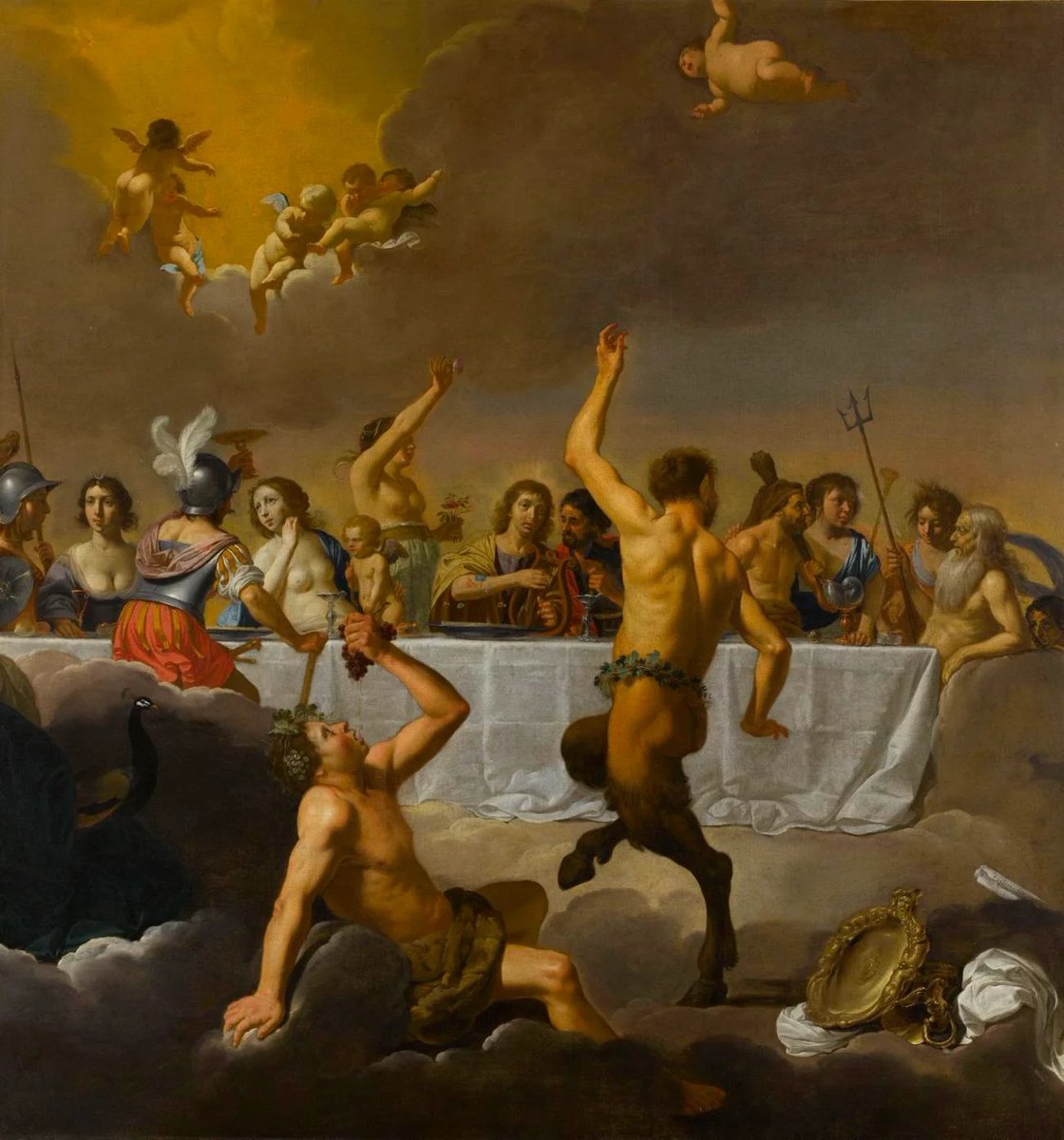'New diesel makes the air cleaner' Dutch newspaper @lc_nl shouts.
It's an often repeated irrelevant half truth:
1) 'Clean diesel' emits just as much CO2 and is thus just as 'dirty' for the climate.
2) It's only true for the latest heavy trucks on dirty roads. Not for cars.
It's an often repeated irrelevant half truth:
1) 'Clean diesel' emits just as much CO2 and is thus just as 'dirty' for the climate.
2) It's only true for the latest heavy trucks on dirty roads. Not for cars.
https://twitter.com/GerritHiemstra/status/1307223247579213825
And yes we could make diesel cars that emit very few monitored particulates too.
But diesels still emit unmonitored dangerous stuff (like ozone and brake pad dust) and making normal cars 'clean' means they become more expensive and less user friendly.
But diesels still emit unmonitored dangerous stuff (like ozone and brake pad dust) and making normal cars 'clean' means they become more expensive and less user friendly.
The #dieselgate scandal stems from the fact that making a 'clean diesel' affordable and user friendly (e.g. no disposing off the contents of and then refilling your adblue tank all the time) was deemed impossible: 'clean' heavy diesel trucks do not imply 'clean' diesel cars.
But again and above all (and completely ignored in this Dutch newspaper article) 'clean diesel' does nothing at all to reduce global warming. Oh, and electric is cheaper per km.
So I feel sorry for the engineers working on diesel engines but electric is really the future.
So I feel sorry for the engineers working on diesel engines but electric is really the future.
And directly after writing this little thread another similar claim pops up in my timeline. This one intentionally misleading (basically lying) because the term 'zero emission' so far always includes CO2 emissions which are not reduced in 'clean' diesels.
dieselinformation.aecc.eu/new-diesel-car…
dieselinformation.aecc.eu/new-diesel-car…
I wonder if someone feels inclined to make a legal matter out of this. I'm pretty sure using the term 'zero emissions' for cars that emit basically the same amount of CO2 would be considered providing unconscionable misleading information by most judges.
https://twitter.com/AECC_eu/status/1277995311391109127?s=20
• • •
Missing some Tweet in this thread? You can try to
force a refresh

















